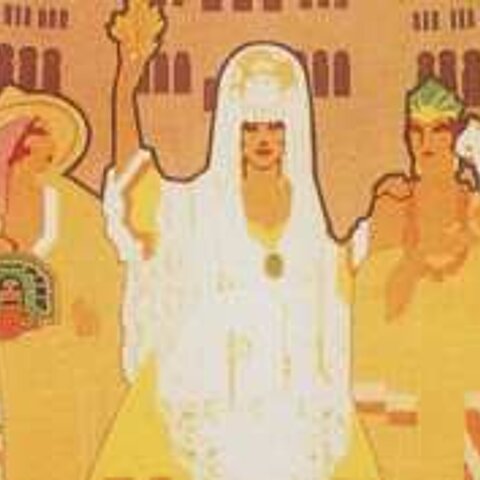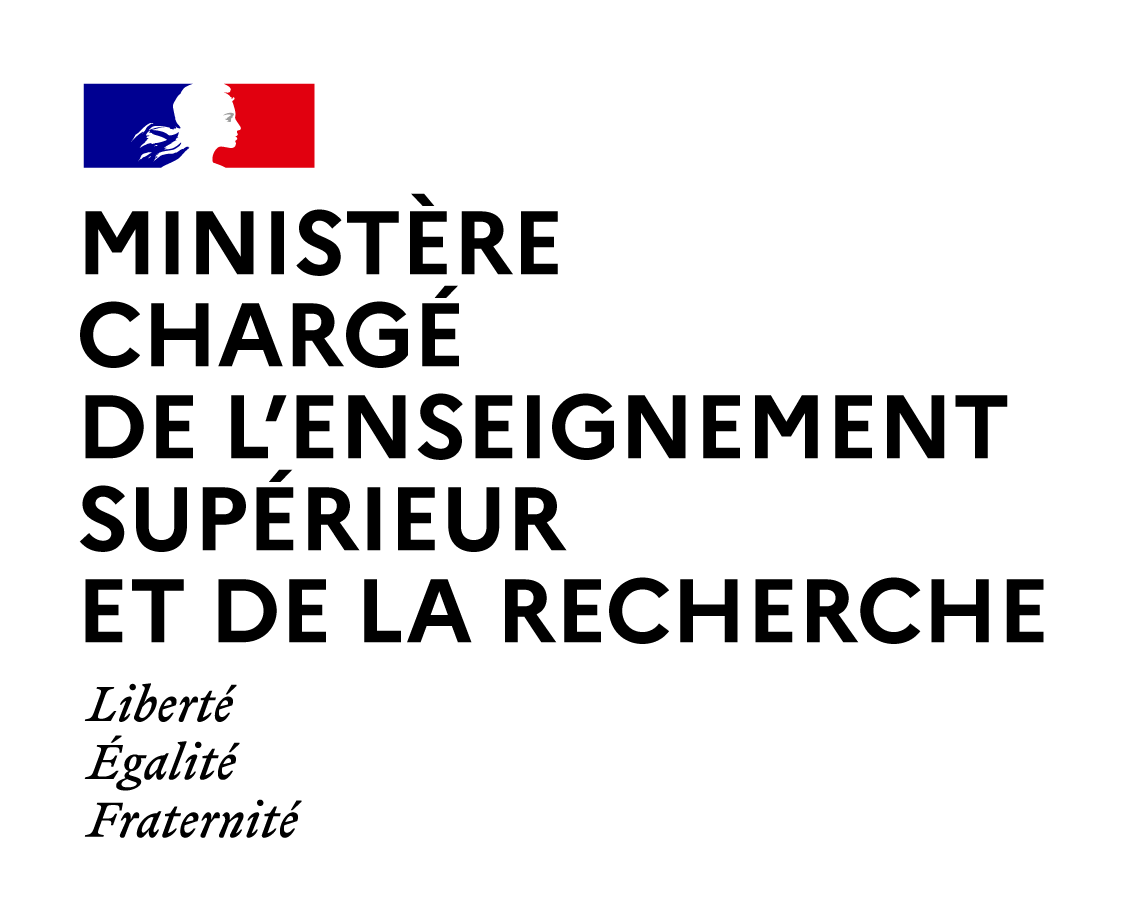Coord. : Stéphane MICHONNEAU, Martín RODRIGO ALHARILLA
Org. : École des hautes études hispaniques et ibériques (Casa de Velázquez, Madrid), Universitat Pompeu Fabra (Grup de Recerca en Imperis, Metròpolis i Societats Extraeuropees, Barcelona)
Col. : Agence nationale de la recherche, Centre d'Histoire Espaces et Cultures (Université Clermont II), Centre de la Méditerranée Moderne et Contemporaine (Université de Nice Sophia Antipolis), Sciences, Philosophie, Humanités (Université Bordeaux III), Museu d'Història de Barcelona
Lieux de célébration :
Universitat Pompeu Fabra
Edifici Roger de Llúria
(Sala de graus Xavier Calsamiglia)
Ramón Trias Fargas, 25-27
08005 Barcelona
Museu d'Història de Barcelona
Baixada de la Llibreteria, 7 - 2ª planta
(Sala Carreras Candi)
08002 Barcelona
Présentation
Dans le cas de la péninsule Ibérique, le développement de l’histoire impériale se heurte à une difficulté : en effet, la perte des colonies américaines dans les premières décennies du XIXe siècle a souvent été intreprétée comme la fin sans retour de l’impérialisme espagnol et portugais. Pourtant, l’historiographie la plus récente tend à réexaminer la nature des relations et des interactions entre les deux empires et leurs outremers, en insistant sur l’importance de la récupération coloniale au cours du XIXe siècle. Plus encore, l’Espagne et le Portugal sont de plus en plus souvent considérés comme des espaces politico-administratifs composites, métropole et territoires ultramarins, dont les parties furent fortement liées et interagirent constamment. Dans ce sens, notre objectif est d’analyser les logiques impériales qui conduisirent à la construction des États libéraux ibériques en se concentrant tout particulièrement sur l’étude de la circulation du personnel administratif, le poids des groupes intermédiaires et des corporations dans la gestion du bien public ainsi qu’à la diffusion de techniques d’administration et de contrôle des populations aussi bien dans les métropoles que dans les territoires d’outremer. Il s’agit en somme de souligner l’existence de modèles communs, en partie hérités, dans des espaces contrôlés durablement par les deux États ibériques. Cette caractéristique dessine sans doute les contours d’une mondialisation précoce et originale qui est encore aujourd’hui visible dans le jeu de puissantes solidarités ibéroaméricaines.
Programme
MERCREDI 8 MAI
Universitat Pompeu Fabra
9h30-14h
Ouverture
Joaquim ALBAREDA
Director de l’Institut Universitari d'Història Jaume Vicenç i Vives
Jean-Pierre ÉTIENVRE
Directeur de la Casa de Velázquez
Josep Maria DELGADO
Grup de Recerca en Imperis, Metròpolis i Societats Extraeuropees (Universitat Pompeu Fabra - CSIC)
Bilan des activités scientifiques
Stéphane MICHONNEAU
École des hautes études hispaniques et ibériques (Casa de Velázquez, Madrid)
Bilan général
Xavier HUETZ DE LEMPS
Université de Nice Sophia Antipolis
Les relations entre le clergé et l’État dans les empires ibériques
Pause
François GODICHEAU
Université Bordeaux III
Face à l’État : acceptations et refus
Álvaro CHAPARRO SAINZ
Université Lumière Lyon II
Balance de la coordinación del programa Glob-Iber
16h-19h
Réunions par axes
Salles 40.039, 40.043 et 40.047C
JEUDI 9 MAI
Museu d'Història de Barcelona
9h30-14h
Synthèse
Pause
Présentation des livrables
Pablo RIAÑO DE SAN MARFUL
Oficina del Historiador de La Habana
Investigación en los archivos municipales y provinciales de Cuba
Stéphane MICHONNEAU
École des hautes études hispaniques et ibériques (Casa de Velázquez, Madrid)
et Jean-Philippe LUIS
Université Clermont II
Ouvrages collectifs, dossiers de revue et atlas
16h-19h
TABLE RONDE - ELITES COLONIALES ET LE MONDE DES AFFAIRES
Présidence
Consuelo NARANJO OROVIO
Centro de Ciencias Humanas y Sociales (CSIC, Madrid)
Dominique GONCALVES
Université Bordeaux III
Influence du sucre colonial dans une monarchie anémiée : la présence havanaise à la cour de Madrid dans les années 1820
Martín RODRIGO ALHARILLA
Universitat Pompeu Fabra - CSIC
En absoluto periféricas sino centrales : las élites hispanoantillanas en la España tardo-imperial (1830-1895)
Nadia VARGAFTIG
Institut d’études politiques (Bordeaux)
Paris-Londres, Lisbonne-Beira: géographie d'un pouvoir colonial à travers le Conseil d'administration de la Compagnie du Mozambique (1892-1942)
Présentation d’ouvrages
Endless Empire. Spain's Retreat, Europe's Eclipse. America's Decline (Madison, University of Wisconsinn Press, 2012), edited by Alfred W. McCOY, Josep M. FRADERA and Stephen JACBSON
Et
Luis DE MORALES & Charles LE GOBIEN, Historia de las Islas Marianas, Madrid, Ediciones Polifemo, 2013. Estudio y edición de Alexandre COELLO
Avec :
Joan-Pau RUBIES
ICREA - Universitat Pompeu Fabra
VENDREDI 10 MAI
Universitat Pompeu Fabra
9h30-14h
TABLE RONDE - L’ÉTAT IMPÉRIAL ET SES AGENTS
Ruth DE LLOBET
University of Wisconsin-Maddison
Sistema imperial y emergencia de una identidad criolla filipina, 1780-1830
Jean-Philippe LUIS
Université Clermont II
L’outremer : un tremplin pour des carrières administratives ?
Inés ROLDÁN
Centro de Ciencias Humanas y Sociales (CSIC, Madrid)
Los ministros de Ultramar
Pause
TABLE RONDE - CLERGÉS, POUVOIRS PUBLICS ET SOCIÉTÉS EN SITUATION COLONIALE
Josep Ma DELGADO
Universitat Pompeu Fabra - CSIC
Altruistas o rent-seekings. La formación del patrimonio económico del clero regular en Filipinas
Alexandre COELLO DE LA ROSA
Universitat Pompeu Fabra
Pasquines, libelos y corrupción en la Manila del arzobispo Felipe Pardo (1677-89)
Xavier HUETZ DE LEMPS
Université de Nice Sophia Antipolis
Missionnaires et pouvoirs coloniaux : comparaisons transcoloniales et transimpériales
16h-18h
TABLE RONDE - LA CONSTRUCTION DE L’ORDRE PUBLIC
Albert GARCIA
Universitat Pompeu Fabra
Barcelona-Tetuán-La Habana, 1860: patriotismos imperiales e imágenes raciales (la « Guerra de África» en perspectiva trasatlántica)
François GODICHEAU
Université Bordeaux III
El imperio de la guerra interior: el orden público como clausula de acción absoluta del Estado (1812-1898)
Eloy MARTÍN CORRALES
Universitat Pompeu Fabra
Orden público en el Protectorado español de Marruecos durante la II República (1931-1936): el objetivo de la paz, amenazada por las izquierdas españolas y el nacionalismo marroquí
Romy SANCHEZ
École des hautes études hispaniques et ibériques (Casa de Velázquez, Madrid)
Vigilando a los cubanos : el consulado español de Nueva Orleans y la persecución de los separatistas (1869-1884)







